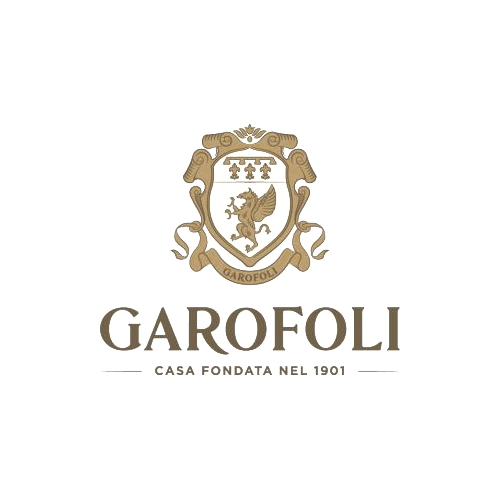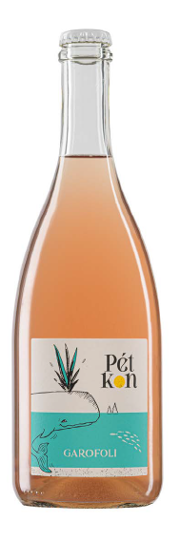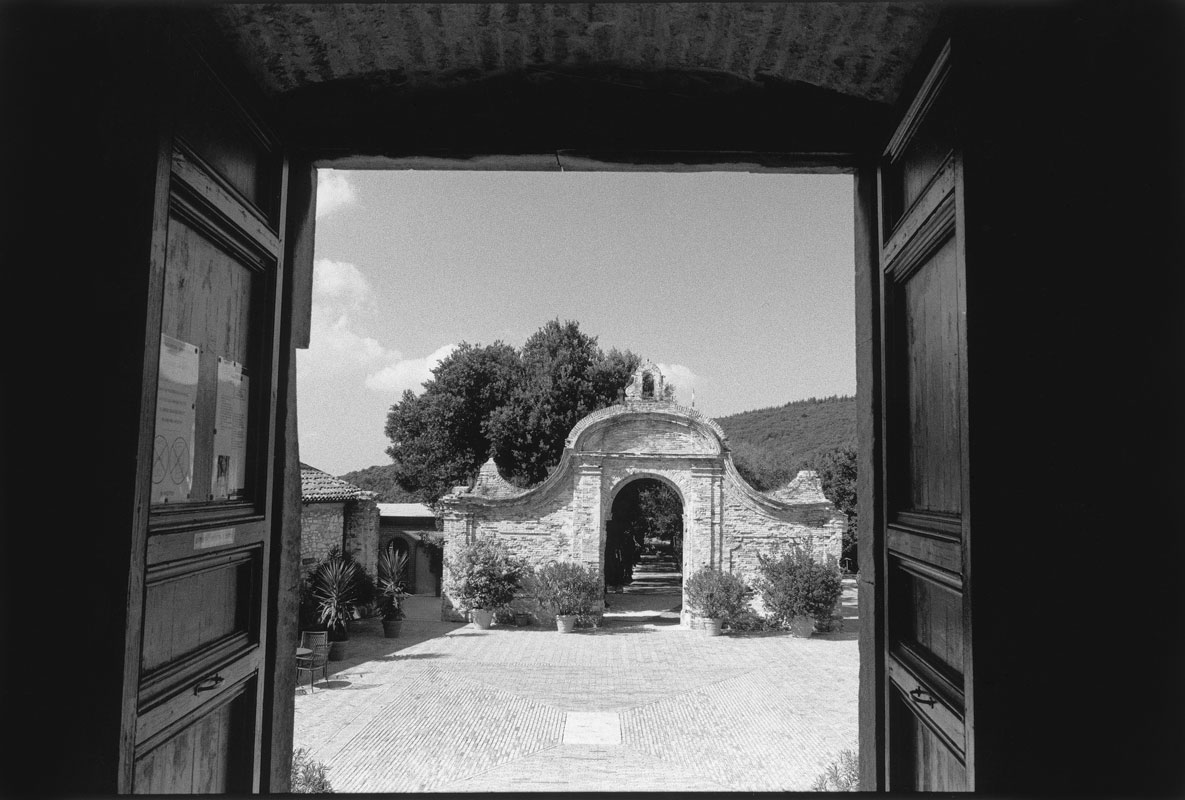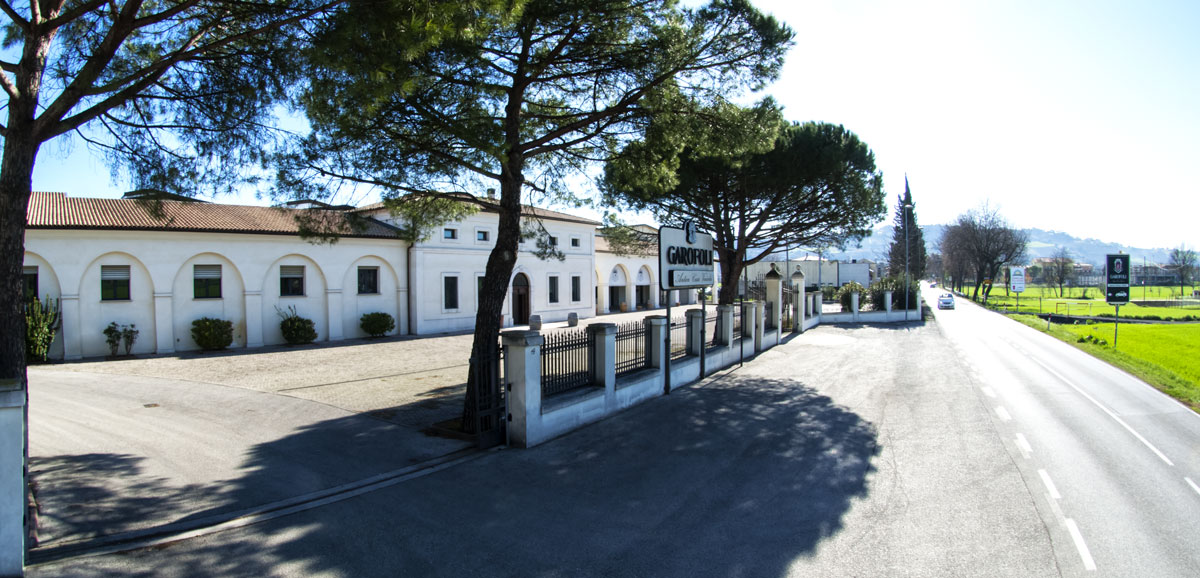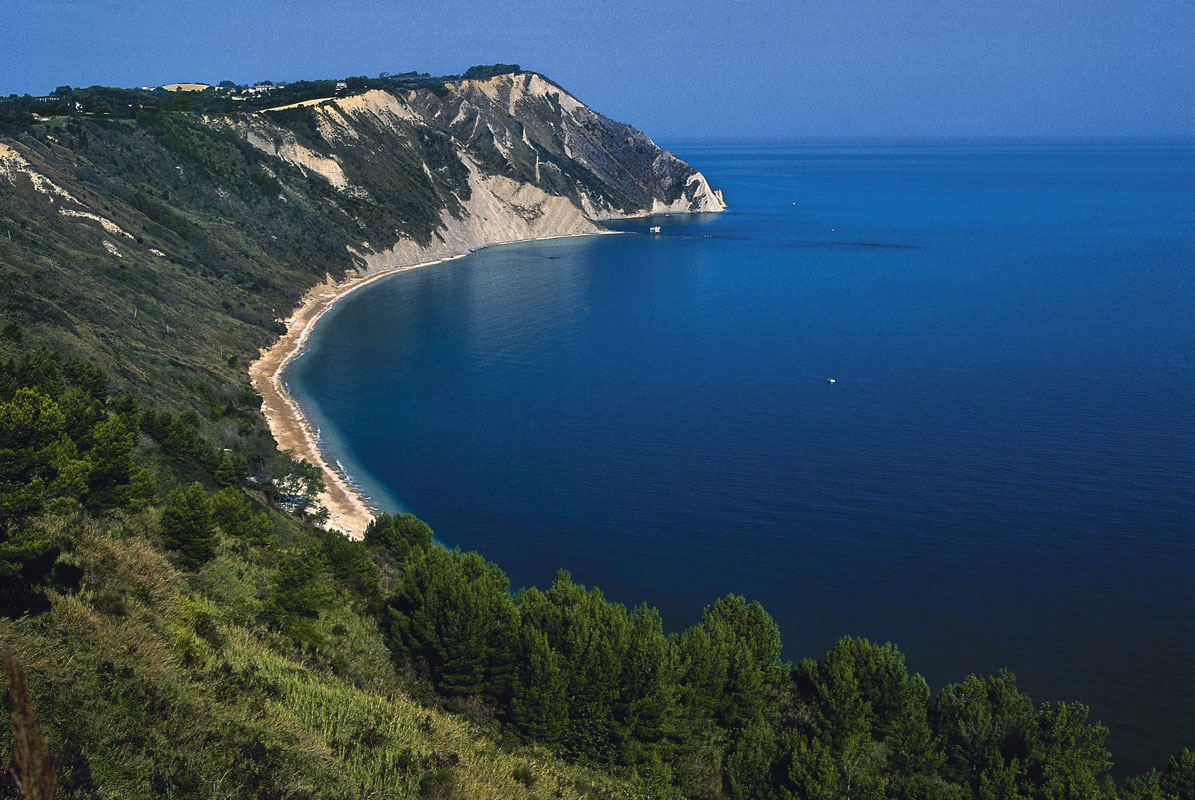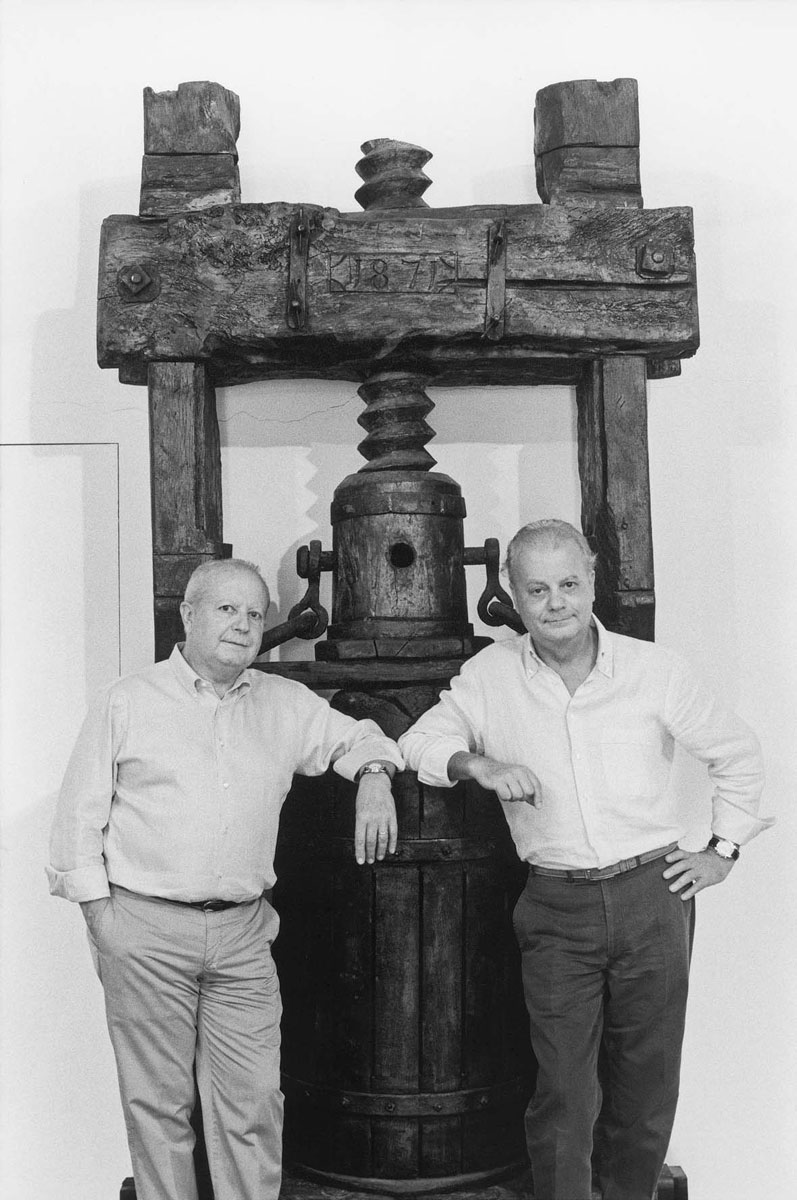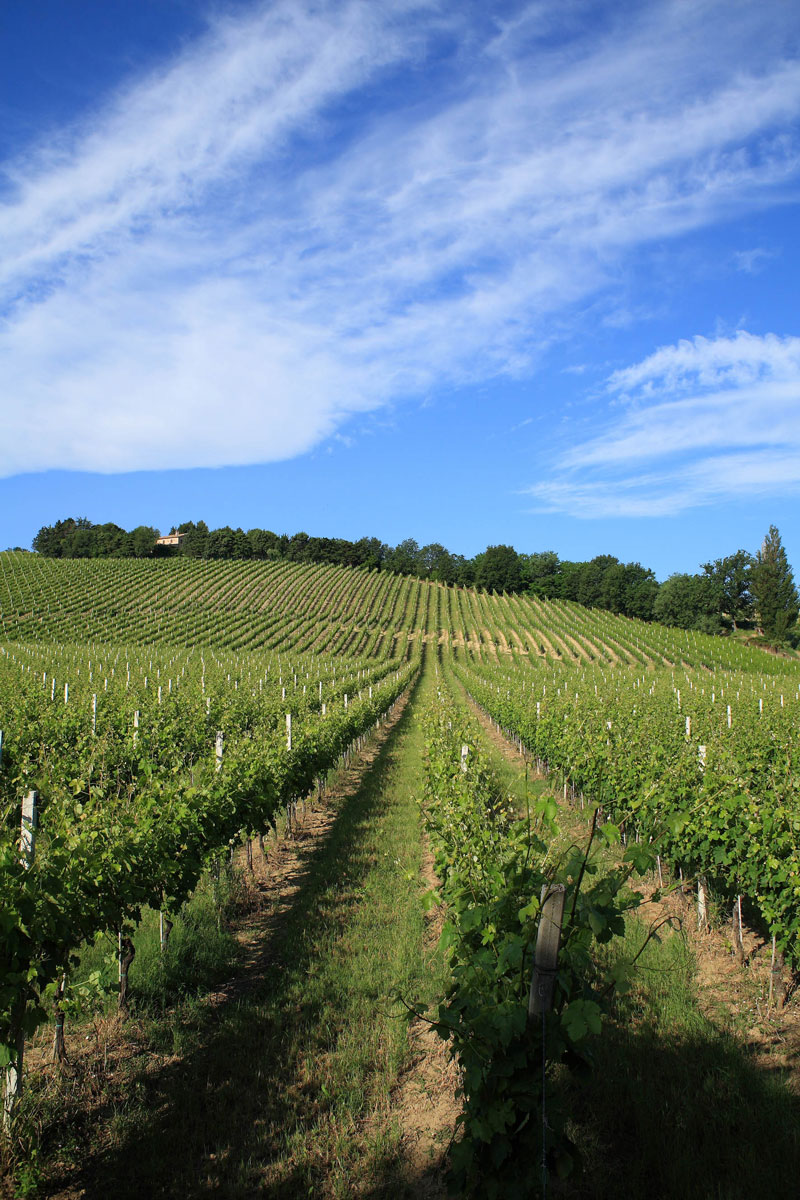ABOUT THE WINERY
The city of Loreto in Marche is the site of the Basilica della Santa Casa, one of the most important Christian pilgrimage sites during the Middle Ages and still among the most visited pilgrimage churches today. The basilica was built around a small house that is said to be the very structure in which the Virgin Mary was born and where Jesus was conceived and raised. According to tradition, the house was flown out of Nazareth in Palestine by angels before that city fell to Muslim forces during the Crusades, and it eventually wound up at the current location in Loreto. As such, untold thousands of the faithful have traveled from far and wide to see and pray at the Santa Casa (Holy House) over the centuries.
The pilgrims who came to Loreto were some of the world’s first mass tourists, and like the tourists of today, they needed places to stay and to eat. Inns and taverns sprang up around the pilgrimage sites to serve the needs of the visitors. In Loreto, along the main road entering the town from the north, one such inn was owned by Antonio Garofoli in the mid-19th century. In 1871, Garofoli began making wine to quench the pilgrims’ temporal thirst, beginning a long family tradition. Thirty years later, his son Gioacchino founded a full-scale winery operation. The winery expanded commercially after World War II as Casa Vinicola Gioacchino Garofoli with national and European distribution beginning in 1950.
The winery is now run by the fourth and fifth generations—brothers Carlo and Gianfranco Garofoli and their three children Gianluca, Caterina, and Beatrice. Garofoli today has four family-owned vineyards totaling 128 acres: at the family’s base in Castelfidardo outside Loreto, in the Castelli di Jesi growing area for Verdicchio in Montecarotto, in Paterno in the Rosso Cònero denomination, and the Piancarda vineyard within the Mount Cònero Regional Nature Park. The family also buys grapes from growers who have sold their entire output to Garofoli for many years. There are two production facilities, at Castelfidardo and Montecarotto.
READ MORE

